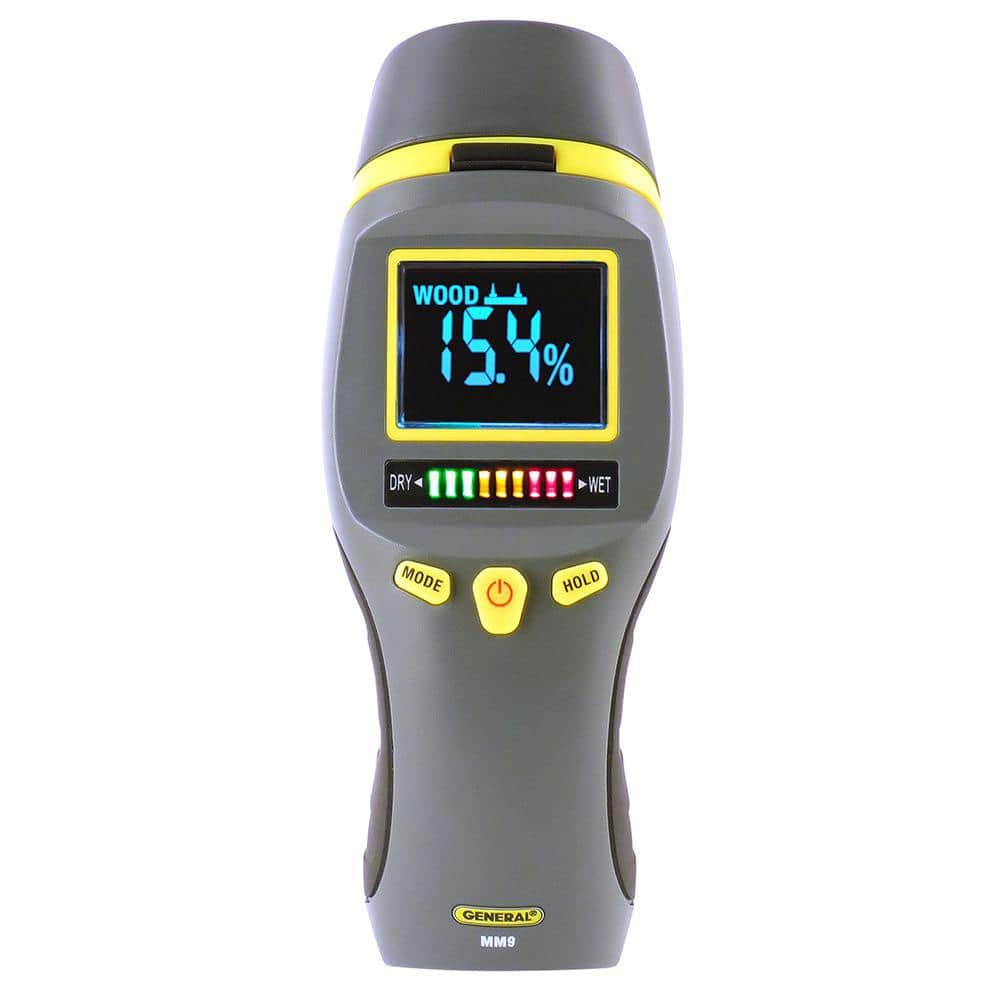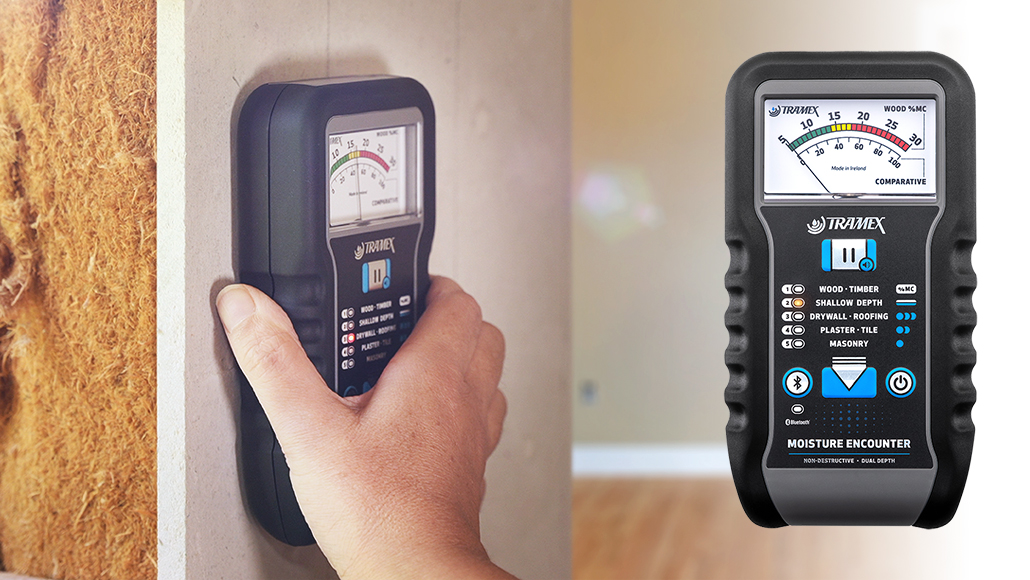How a Moisture Meter Can Improve Your Construction Jobs and Protect Against Damage
Delve Into the World of Moisture Meters: Everything You Required to Know
In the world of moisture meters exists a globe of precision and practicality that often goes undetected. Understanding exactly how moisture meters operate, the different types readily available, and their diverse usages can drop light on their value in guaranteeing top quality and efficiency.
Just How Moisture Meters Work
Moisture meters run by measuring the electrical conductivity or capacitance of materials to establish the moisture material existing. These meters are important tools throughout various industries, including agriculture, construction, and woodworking. By using different approaches such as pinless or pin-type technology, moisture meters give accurate readings that help experts make informed choices.
Pin-type wetness meters work by putting the sharp pins right into the product being evaluated. On the other hand, pinless dampness meters utilize electromagnetic signals to scan a bigger location without causing any damages to the material's surface.
No matter of the technique used, dampness meters play a crucial duty in stopping problems such as mold development, structural damage, or item problems triggered by excess dampness. Recognizing exactly how these meters work is vital for making certain the high quality and integrity of products in different applications.
Types of Moisture Meters
Offered the vital role dampness meters play in various industries, it is important to comprehend the different kinds available to specialists for accurately assessing wetness levels - Moisture Meter. There are mostly two primary kinds of wetness meters: pinless and pin-type moisture meters

On the various other hand, pinless moisture meters make use of electromagnetic sensing unit plates to scan a bigger area of the material without causing any type of damage. This kind is suitable for rapidly scanning large areas and is frequently utilized for flooring, wall surfaces, and ceilings. Pinless meters are convenient for taking readings on finished surfaces without leaving any kind of noticeable marks.
Both sorts of dampness meters have their advantages and are selected based upon the specific demands of the work at hand. Comprehending the distinctions in between these types is critical for professionals to make precise dampness analyses.
Applications Across Industries
Building professionals count on wetness meters to assess the wetness levels in structure materials like drywall, timber, and concrete, which is essential for keeping structural honesty and stopping issues like rot or mold and mildew. The flooring market utilizes dampness meters to determine the dampness web content in subfloors prior to installing various flooring treatments, avoiding costly problems due to excess wetness. In the food industry, moisture meters are used to keep track of and control moisture levels in items such as grains, nuts, and dried out fruits to preserve freshness and high quality.
Tips for Using Moisture Meters
Use the wetness meter's calibration settings to guarantee accurate readings when over here gauging the dampness web content in different materials. Additionally, make sure the meter is established to the proper dampness variety for the material you are measuring to get the most specific outcomes.
When utilizing a pin-type moisture meter, put the pins to the ideal deepness suggested for the material being examined. This makes certain that the wetness readings are extracted from the proper depth within the material, giving a much more accurate representation of its dampness material. For pinless moisture meters, bear in mind to preserve proper call with the material's surface area to get dependable readings.
Routinely examine and replace the batteries in your dampness meter to avoid incorrect analyses due to reduced power. Store the meter in a dry and secure place when not in usage to prolong its life expectancy and keep its accuracy. By adhering to these suggestions, you can make the most of the efficiency of your dampness meter and obtain accurate dampness content measurements across various products.
Upkeep and Calibration
To guarantee the accuracy of wetness web content measurements, regular maintenance and calibration of the wetness meter are essential action in its appropriate functioning. Upkeep entails maintaining the dampness meter clean and totally free from particles that can influence its readings. It is important to comply with the producer's guidelines for cleaning up to stop damages to the tool. In addition, normal calibration is this essential to verify the accuracy of the analyses. Calibration adjusts the moisture meter to ensure that it provides reputable and constant results.
Calibration needs to be done regularly, particularly if the moisture meter is made use of often or in vital applications where accurate measurements are called for. Lots of moisture meters come with calibration devices or can be calibrated by professional solutions. Moisture Meter. It is suggested to keep a log of calibration days and results to track the performance of the moisture meter with time. By preserving and calibrating the dampness meter frequently, users can rely on the accuracy of the dampness material measurements acquired.
Verdict

To conclude, dampness meters play an essential function in numerous sectors by accurately measuring the wetness material of products. Recognizing how these gadgets work, the various kinds readily available, and proper maintenance and calibration are vital for acquiring trusted results. Whether in construction, agriculture, or manufacturing, using moisture meters assists make sure top quality control and performance in procedures.

In verdict, dampness meters play a crucial duty in numerous markets by precisely measuring the moisture content of products.